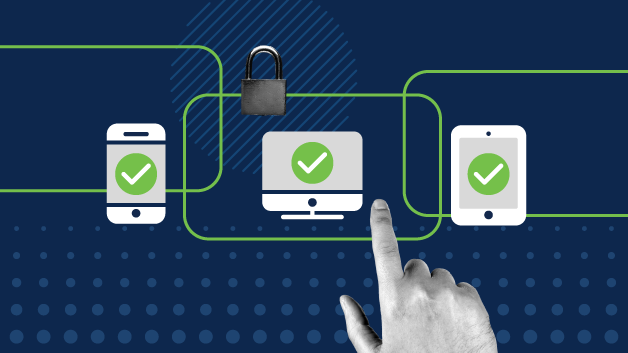Commonly used security software programs
Organizations deploy different types of security software to monitor different situations. Here are some examples of leading security software applications.
Advanced malware protection software
Traditional software programs that scan for, detect, and remove software viruses and malicious software like worms and Trojans have become ineffective. Advanced malware protection software has become the new standard.
Advanced malware protection is a security solution that addresses the full lifecycle of the advanced malware problem. It prevents breaches and gives the visibility, context, and control needed to rapidly detect, contain, and remediate threats if they evade frontline defenses.
Learn more about advanced malware protection
Application security software
Modern businesses rely heavily on a wide range of applications for communication, collaboration, data analytics, and more. They need to monitor which applications are running in their environment, what those applications are doing, and—most importantly—who is accessing them.
Many firms rely on multi-factor authentication (MFA) software to help secure their applications. Two-factor authentication (2FA) is one of the most widely used forms of MFA. The 2FA process requires a user to provide a username and password, and then enter a code generated by the 2FA application or respond to a notification on a device such as smartphone.
With a strong 2FA solution, businesses can verify the identity of a user before granting access to corporate information and resources, and even enable secure access to all applications so users have a seamless and consistent login experience to all the applications they are authorized to access.
Learn more about MFA Learn about Cisco Duo
Firewall software
Firewall software can prevent unauthorized access to or from private networks. Firewalls can also be hardware, and firewall software and hardware are often used together.
Learn more about firewalls Learn about Cisco Secure Firewall
Endpoint security software
This type of software helps to protect the data and workflows related to the various devices—such as laptops, smartphones, and tablets—that connect to a corporate network.
Learn more about endpoint security Learn about Cisco Secure Endpoint
Web security software
Web security software can monitor inbound and outbound web traffic to help reduce the risk of sensitive data theft or leakage. It can also provide protection from zero-day threats (threats that leverages unknown vulnerabilities).
Network security software
Network security software helps businesses detect and stop unauthorized network access due to phishing, spyware, and more. It can also help to protect data in transit and at rest. Network security solutions include:
- Identity and access management (IAM). IT administrators use IAM solutions to manage users' digital identities and related access privileges securely and effectively. They can set up and modify user roles, track and report on user activity, and more to protect data security and privacy.
- Next-generation IPS (NGIPS). NGIPS threat appliances provide network visibility, security intelligence, automation, and advanced threat protection. They can inspect the network perimeter, and they can track the progression of suspect files and malware across the network to prevent the spread of outbreaks and reinfection.
- Security information and event management (SIEM). Many organizations use SIEM products for real-time reporting and long-term analysis of security events. These products include physical and virtual appliances and server software. They make the task of collecting, correlating, and action on threat information easier for security teams.
- Network security analytics. Advanced network security analytics solutions offer organizations comprehensive threat visibility into the extended network. They can simplify network segmentation by using behavioral modeling, machine learning, and global threat intelligence
- Learn more about network security
Email security software
Email gateways are the top vector for a security breach. Phishing, ransomware, business email compromise, and other inbound threats are just some examples of threats that email security software can help detect and deflect. Email security applications can also control outbound messages to help prevent the loss of sensitive data.
Learn more about email security Learn about Cisco Secure Email
Internet of Things (IoT) security software
As the IoT expands, organizations need security software to help them understand what is touching their network, handle more complex access management tasks, secure endpoint access, and much more.
More about endpoint analytics
